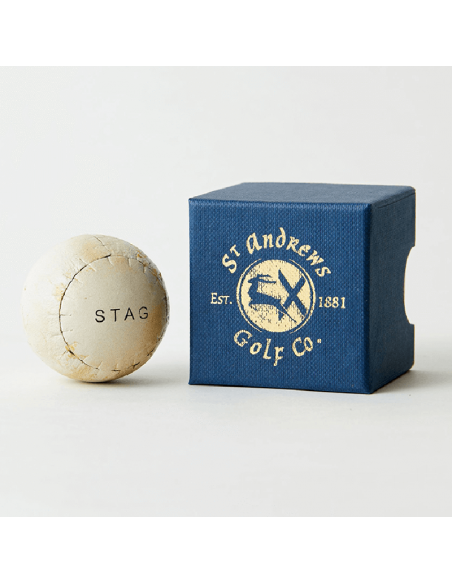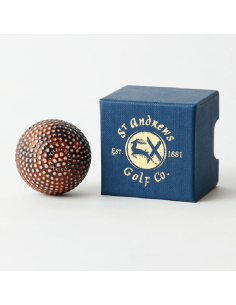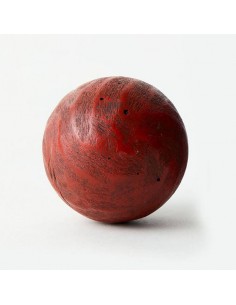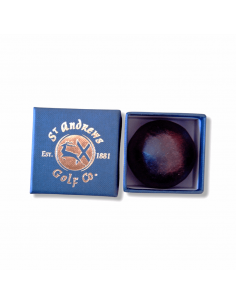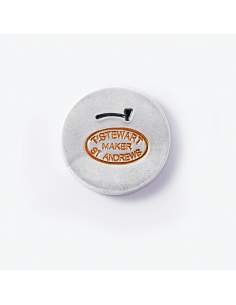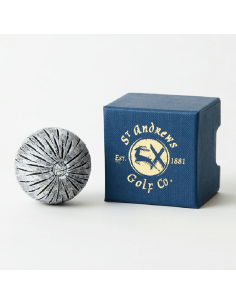Featherie Golf Ball c1600
In the early 1500s, a leather ball stuffed with feathers was invented. They were hand made from cowhide and feathers, with lead paint being applied to give weight. Making a first-class "Featherie" was almost a science, with each ball costing about two weeks wages. A good ball maker could make about four balls per day. In 1836, Samuel Messieux drove a feather ball 360 yards in St Andrews. This ball is a close replica of the original, but we cannot include feathers for export reasons. This Featherie ball can be used to play golf and will perform similarly to an original ball.
Gift Ideas; During checkout, there is an option to add gift packaging for a special occasion.
In the early 1600s, a leather ball stuffed with feathers was invented
They were hand made from cowhide and goose feathers
The making of a first-class "Featherie" was almost a science
In 1836, Samuel Messieux drove a feather ball 360 yards in St Andrews
The first feather balls cost almost as much as a set of golf clubs
This hand made authentic Featherie ball can be used to play golf
Harbouring its roots on the Eastern Coast in Scotland, the first golf balls were made of wood. In 1618 a new type of golf ball was created by handcrafting a cowhide sphere stuffed with goose feathers. Thus, the 'Featherie' golf ball was invented. The artisans made the balls while the leather and feathers were wet. As the leather dried, the feathers expanded to create a hardened, compact ball. Once coated with paint, these balls were sold, often for more than the price of a club. The time-consuming processes involved in creating a Featherie ball ensured that the price was out of reach of the masses. Though expensive, this type of ball had excellent flight characteristics and almost immediately made the wooden ball obsolete. For over two centuries, the Featherie was the standard. This ball closely resembles the authentic Featherie ball and can be hit. Due to worldwide constraints on exporting bird feathers, we have had to use a different material inside but with similar characteristics. Handmade in St Andrews, Scotland




